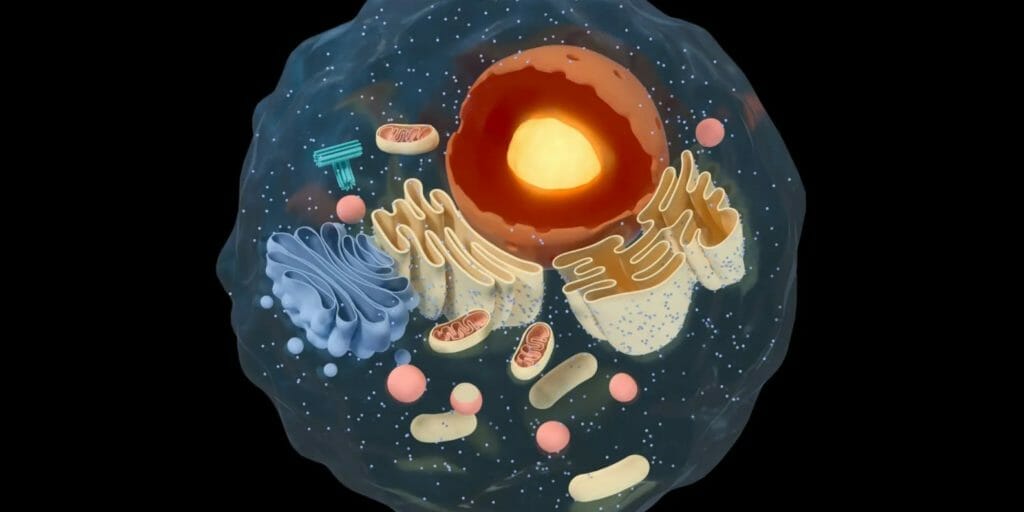Research
Our ongoing research efforts are exploring the biology and internal anatomy of cells, the relationships between cell traits and cell size, complex molecular machines as they appear across the Tree of Life, and cellular evolution in action.

Phylogenetic census of cellular traits and their costs
This project will construct an atlas of the biology of cells through a range of new investigative techniques, including the exploration of the internal anatomy of cells through 3D reconstructions. Comparative genomics, spatial proteomics, microscopy and bioenergetic analyses will be used to further assess the biological costs of constructing and operating an array of cellular features.

Evolutionary theory for cellular traits
Cellular attributes commonly follow systematic, quantitative relationships with cell size that transcend species boundaries, leading to patterns called cell biological scaling laws. This project investigates how these relationships apply across different forms of cellular life — such as how factors like cell growth rates or the numbers of mitochondria inside cells scale with cell size — and seeks to understand the mechanisms underlying the patterns from first principles.

Evolutionary divergence of complex molecular machines
One of the great mysteries of evolutionary cell biology concerns the mechanisms by which complex molecular machines with highly conserved functions can diverge structurally across the Tree of Life. This investigation considers two of the central molecular machines contained within all cells: ATP synthase, the machine that produces ATP by transporting protons across membranes; and ribosomes, which translate all messenger RNAs into proteins.

Molecular underpinnings of cellular evolution
This project focuses on evolution in action through experimental lab studies with a broad range of unicellular organisms. Among other things, the work will utilize systems that enable “barcoding” of different microbial strains so that novel mutations and subtle changes in cell physiology can be tracked through time as the cells respond to variables like temperature, population size and food availability.